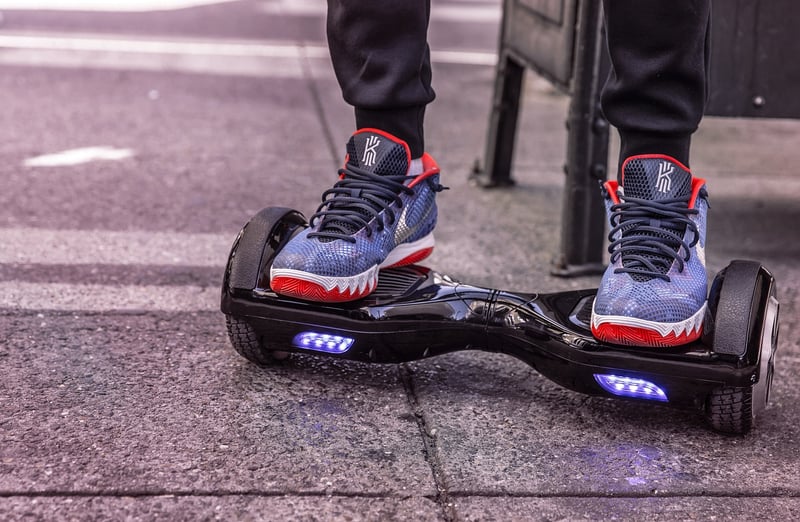Cinematic Representations
The Intersection of Inventions and Fiction in Cinematic Representations
Throughout cinematic history, inventions and fiction have often intertwined to create captivating and imaginative storylines that captivate audiences. From futuristic gadgets to time-travel devices, the portrayal of inventions in movies has both inspired and fascinated viewers. Let's delve into how inventions and fiction are depicted in cinematic representations.
The Influence of Inventions on Fiction
Inventions have long been a source of inspiration for fiction writers and filmmakers. The creation of new technologies often sparks the imagination, leading to the development of futuristic worlds and innovative devices in movies. From Jules Verne's submarines to H.G. Wells' time machines, inventions have played a central role in shaping the narrative of many iconic stories.
Cinematic Representations of Inventions
When it comes to cinematic representations, filmmakers have pushed the boundaries of imagination to bring inventions to life on the big screen. Whether it's the futuristic gadgets in sci-fi films or the advanced weaponry in action movies, inventions are often portrayed in a larger-than-life manner to create a sense of wonder and excitement among viewers.
Examples of Iconic Inventions in Movies
- Lightsabers (Star Wars): Perhaps one of the most iconic inventions in cinematic history, lightsabers have captured the imagination of audiences for decades with their elegant design and formidable power.
- Time Turner (Harry Potter series): The Time Turner is a magical device that allows the user to travel back in time, playing a crucial role in the plot of the Harry Potter series.
- Hoverboard (Back to the Future II): The hoverboard, a levitating skateboard, became a symbol of futuristic technology after its appearance in the Back to the Future sequel.
The Blurring of Fiction and Reality
With advancements in technology, the line between fiction and reality has become increasingly blurred. Many inventions that were once considered purely fictional have now become a reality, thanks to the innovative minds of scientists and engineers. As a result, filmmakers are constantly challenged to stay ahead of the curve and create inventions that are both imaginative and plausible.
Conclusion
The relationship between inventions and fiction in cinematic representations is a dynamic and ever-evolving one. As technology continues to progress, filmmakers will undoubtedly find new ways to push the boundaries of imagination and bring inventive concepts to life on the big screen, captivating audiences for generations to come.



